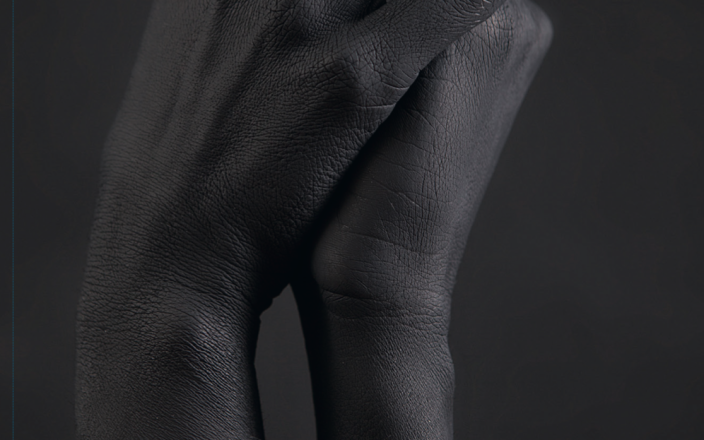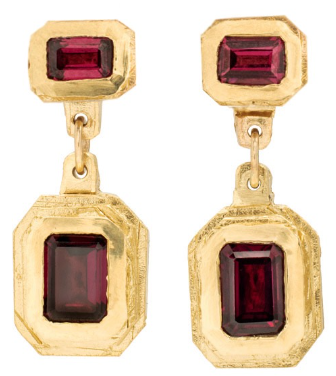As we have entered a new year, I thought it would be interesting to first look at the luxury space and reflect on how AI could impact some aspects of the jewellery segment. Here are five areas I thought I would touch on.
Fashion
When looking at fashion, I decided to ask AI to make recommendations as to alternative brands or new styles that these brands are bringing to the market that may appeal to me. I put it to the test in ChatGPT4. “I like Hugo Boss, Ralph Lauren and Canali. What other brands should I consider?”
ChatGPT instructed me to look at Armani, Burberry, Brooks Bros, Paul Smith, Tom Ford, Brioni, Dunhill, Kiton, Ted Baker and Loro Piana. Some of these brands I knew, a couple I had heard of but didn’t think about them for myself.
This response was nothing revolutionary, but it was a good start. I then asked if there was an AI website where I could add photos of the clothes I wear, and it could then make recommendations based on my current wardrobe.
ChatGPT recommended apps such as Stich Fix that look to learn our dress style and then send you clothes to try on at home. I also liked the sound of the Finemine app. It helps you find a matching item of clothing that could work well with your primary item. The one I want to try is Zeekit. Zeekit asks you to upload a photo of yourself and then refines how the clothing would look on you.
This is slightly trickier than superimposing a ring on someone’s hand. But what is the next step? It must be more personalisation, like Google and Instagram understanding our preferences—it would feed us content that we want to see. I do believe we want inspiration and suggestions, as few of us are creative enough to design fashion, and fashion is as much about buying into the brand story that we either relate to or aspire to.
Cars
Is AI really going to improve the driving experience? At some point, the law will deal with the driverless car. Let’s assume the legal problems are solved. Why would you own a car if brands will provide an Uber-like service for the vehicle you want to travel in? An example could be that you want to drive in a top-of-the-line Mercedes sedan. There could be different price points of membership depending on your usage. AI could easily predict your transportation needs with an app on your phone. The AI could then manage it effectively for 80 percent of your rides, and then you might pay a premium for rides outside your regular travel times.
Real Estate
I’m in the process of renovating my home. I came across a unique service that enabled my wife and I to better understand and visualise the space we are creating. The company was called Lifesize Plans. Lifesize Plans sends you to a massive warehouse where they project your architect’s plans from the ceiling onto the floor. The cool thing is that they then have a whole number of props, that you can roll on wheels to better conceptualise the space, such as different-sized beds, or even a toilet you could sit on to see your proximity to the wall in front of you. It was very helpful.
However, I was thinking through the possibilities of 3D projection without wearing VR goggles. If it was true to size, it could improve this whole experience enormously. In addition, with the use of AI, you could probably recreate the same experience in a much smaller space and simultaneously achieve what a VR headset would usually create. Our architect let us use a VR headset to walk through the new plans of the house, but you couldn’t get a sense of size. Now, the exciting part would be if your architect was present and could use AI to create multiple versions of layouts that are immediately scalable to your required space and so many different looks.
Travel and Hospitality
AI is already providing us with many options through social media and what comes into our feed. However, drilling down on our preferences could open up many more options for what might interest us and what we would like within our budgets and aspirations. When we crack this degree of customisation, our spending in this space will continue to increase as it’s all about the experience created for us.
Jewellery
With jewellery, many of you are all about customisation. Admittedly, not as much as the customer may think. Your customers want to be inspired, not from their imagination but from what you can provide them. The point is similar to what I said about fashion, that few consumers have the inner skills to come up with fashion options, but they want to be inspired by certain brands and their image, and how they make someone feel. It’s time to get creative.
AI could give us new options like a new diamond shape, and the tools used for diamond cutting and planning could be adapted to the coloured gemstone market to create incredible options. AI could redefine the mixture of metals because it could gather so many variations that few would be prepared to experiment with because of the costs involved. What if AI came up with a new symbol to sanctify marriage? Who said it has to be a ring? What if it’s a bangle, a neckpiece? I don’t want to start going to the extremes, but rather just challenge our way of thinking. There are so many opportunities that AI could allow us to experiment with. Initially for ourselves to see how these things could look, and then we could think of the commercial opportunities
I truly believe that the speed at which AI is developing and the opportunities that it presents will have a greater impact on us than the internet itself has had. Let’s watch this space together.

Trade well,
Rami Baron
President, Diamond Dealers Club Australia
rami@ddca.org.au


